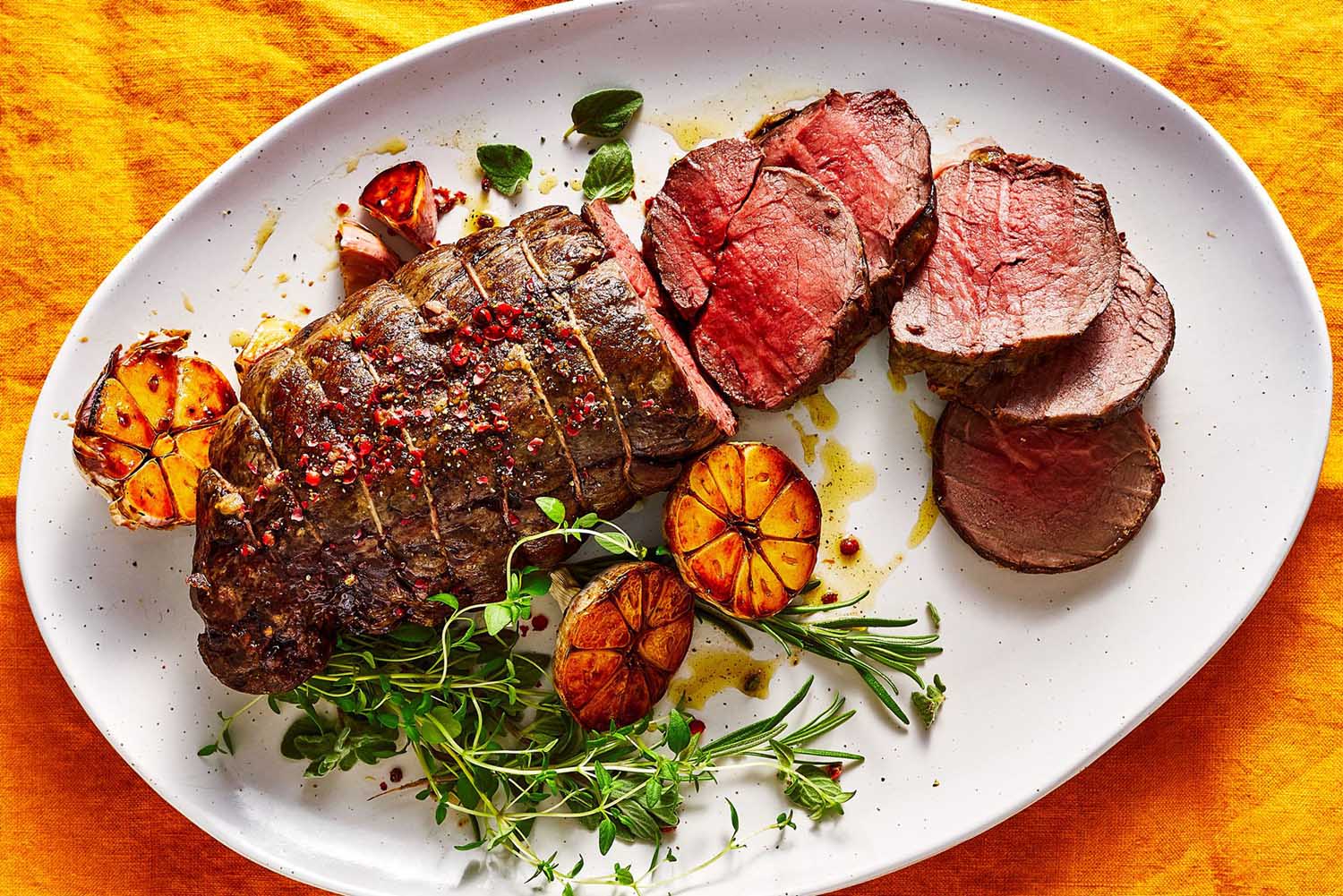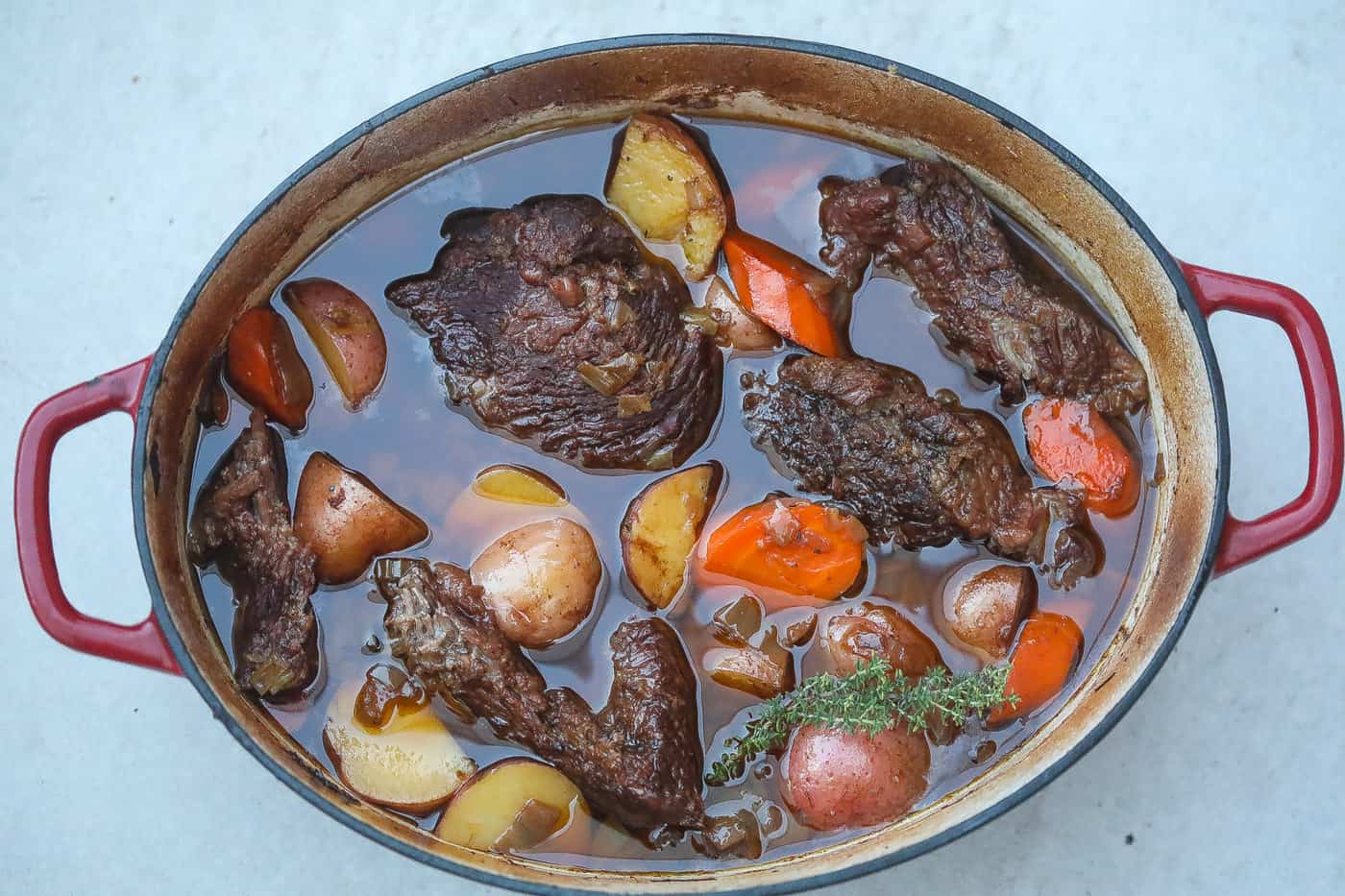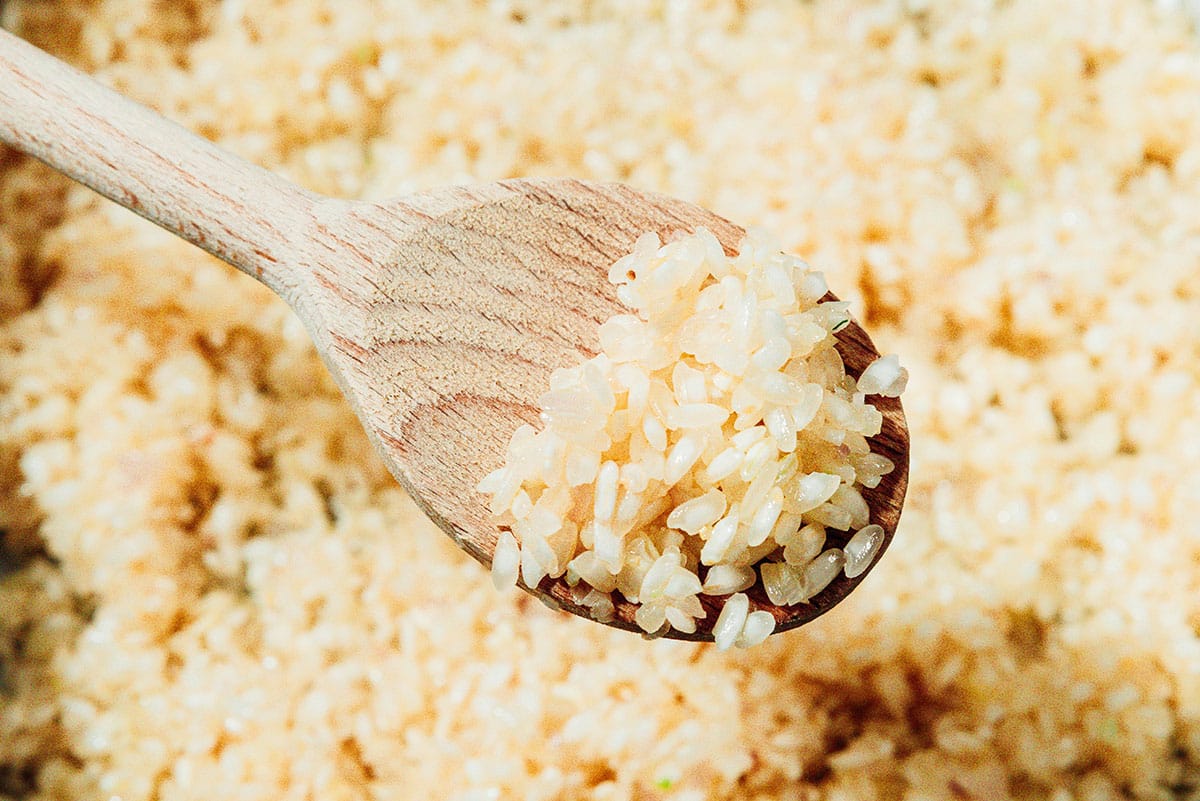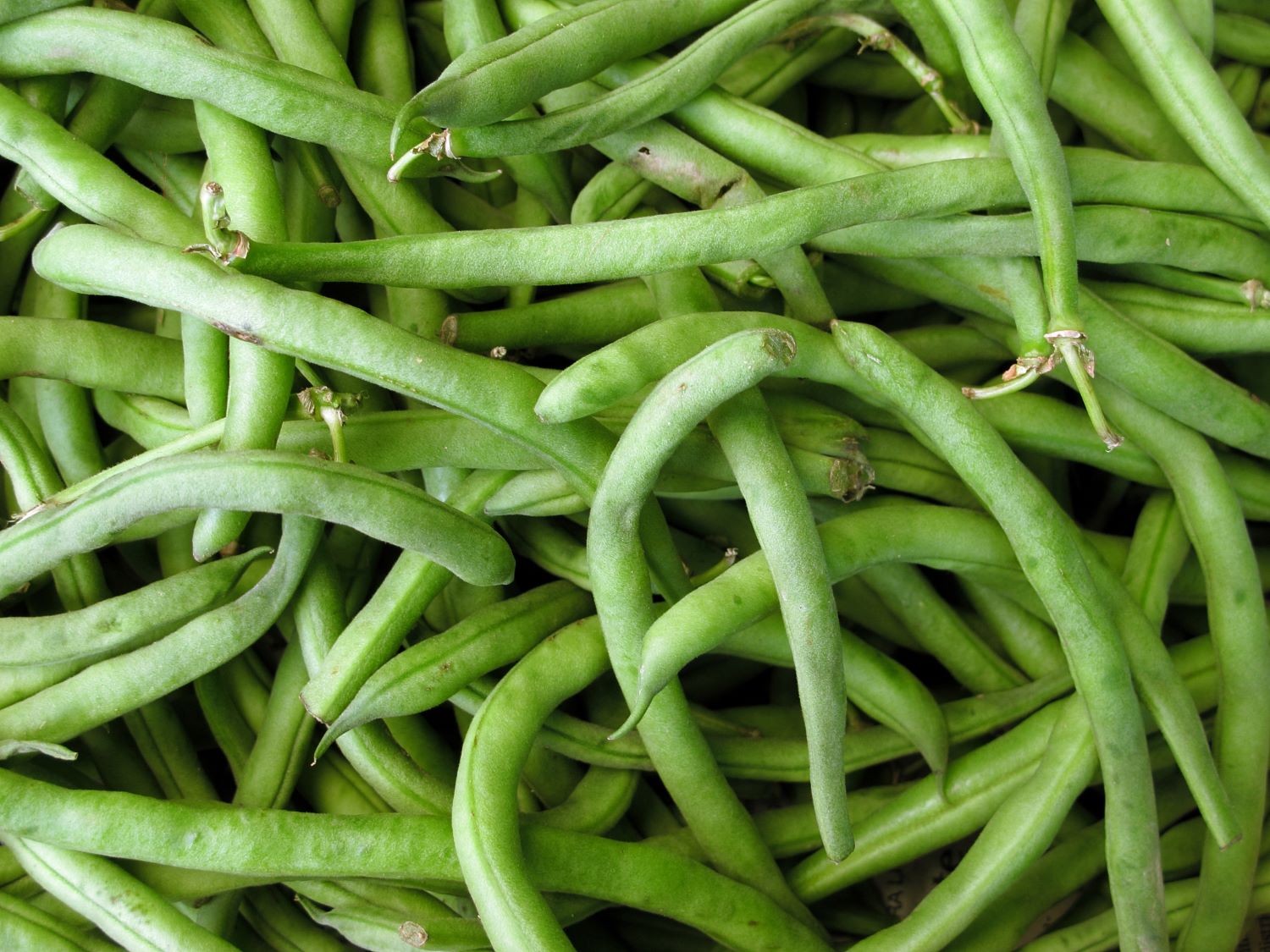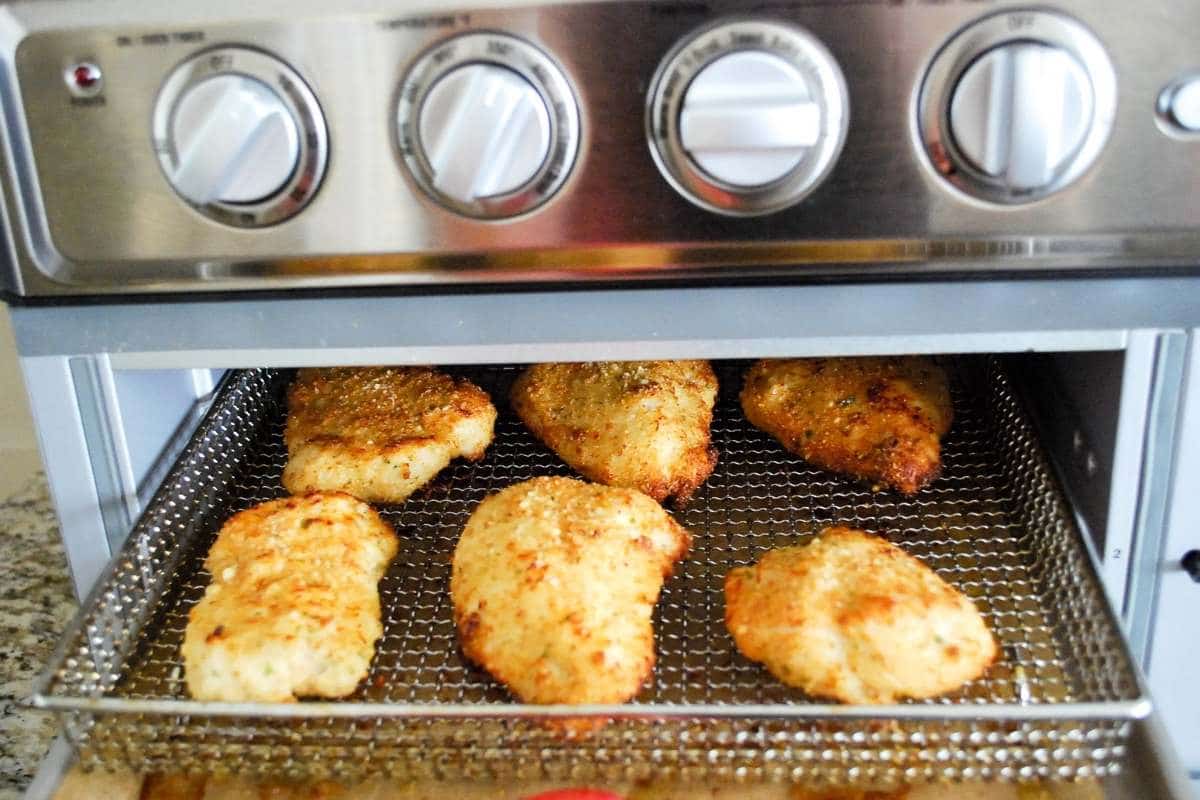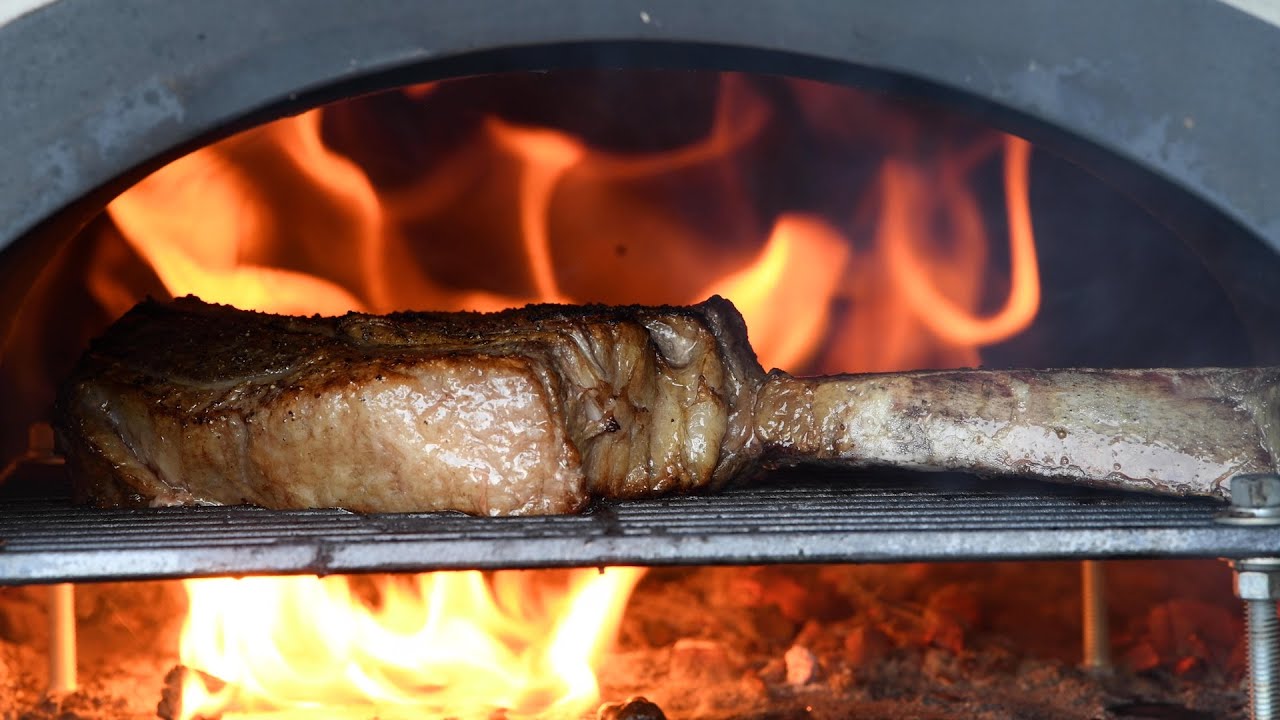Mastering the Art of Cooking Ground Sausage on the Stove
There’s nothing quite like the sizzling sound and mouthwatering aroma of ground sausage cooking on the stove. Whether you’re craving a hearty breakfast, planning a savory pasta dish, or looking to spice up your homemade pizza, learning how to cook ground sausage on the stove is a skill every food enthusiast should have in their repertoire. In this guide, we’ll walk you through the steps to achieve perfectly cooked and flavorful ground sausage every time.
1. Choose the Right Pan
Before you start cooking, it’s important to select the right pan. A skillet or frying pan with a thick bottom will distribute heat evenly, preventing hot spots and ensuring that your ground sausage cooks uniformly. Non-stick pans are particularly useful in preventing the sausage from sticking to the surface.
2. Prepare the Sausage
Remove the ground sausage from its packaging and use your hands or a fork to break it up into smaller pieces. By breaking it into smaller bits, you’ll enable quicker and more even cooking. If you prefer a finer texture, now is the time to season the sausage with your favorite herbs and spices. This will ensure that the flavors meld together during cooking.
3. Heat the Pan
Place the skillet or frying pan over medium heat and allow it to warm up for a couple of minutes. You can test the heat by placing a small piece of sausage in the center of the pan. If it sizzles gently, the pan is ready for cooking. Remember, cooking ground sausage on low heat allows it to retain more moisture and avoid excessive drying.
4. Cook the Sausage
Once the pan is hot, add your prepared ground sausage, spreading it out evenly across the surface. Use a spatula or wooden spoon to break up any large clumps and stir occasionally to ensure even browning. Cook the sausage for about 8-10 minutes, or until it reaches an internal temperature of 160°F (71°C). Properly cooked sausage should have a golden-brown exterior with no signs of pinkness in the center.
5. Drain the Grease
Ground sausage tends to release a fair amount of grease during cooking. To minimize excess grease in your dish, carefully tilt the pan and use a spoon to transfer the sausage to a paper towel-lined plate or a bowl lined with paper towels. The towels will absorb the excess grease, resulting in a lighter and less greasy end product.
6. Incorporate the Sausage into Your Recipe
Now that your ground sausage is perfectly cooked, it’s time to incorporate it into your chosen recipe. Add it to omelets, breakfast burritos, or use it as a topping for homemade pizzas. You can also mix it into pasta sauces, soups, or casseroles to add a rich and savory flavor.
7. Experiment with Flavors
While classic ground sausage is delicious on its own, don’t be afraid to experiment with flavors. Consider adding diced onions, minced garlic, or bell peppers to your skillet for an extra punch of taste. You can also try using different types of sausage, such as spicy Italian or breakfast sausage, to offer a unique twist to your dishes.
- Sage
- Thyme
- Paprika
- Cayenne pepper
- Fennel seeds
Remember, the key to creating delicious meals is to have fun and get creative in the kitchen. Use this guide as a foundation, and don’t be afraid to adapt the cooking process to fit your personal taste preferences. With a little practice, you’ll be a master at cooking ground sausage on the stove, and your meals will never be the same again!
For anyone looking to try out their newly acquired skill of cooking ground sausage on the stove, there are several recipes that can make for a delicious and satisfying meal. One standout option is Sausage and Egg Breakfast Burritos, perfect for a hearty morning start. For a comforting and nutritious dinner, consider Sausage and Kale Soup, which combines the rich flavors of cooked sausage with the healthy benefits of kale. If you're in the mood for a pasta dish, Sausage and Broccoli Alfredo Pasta offers a creamy and flavorful experience. Or, if you're craving something more unique, Sausage and Sweet Potato Skillet provides a delightful mix of savory sausage and sweet potato. These recipes not only highlight the versatility of ground sausage but also create a variety of dishes that are sure to please any palate.
Was this page helpful?
Read Next: How To Cook Mini Corn On The Cob


